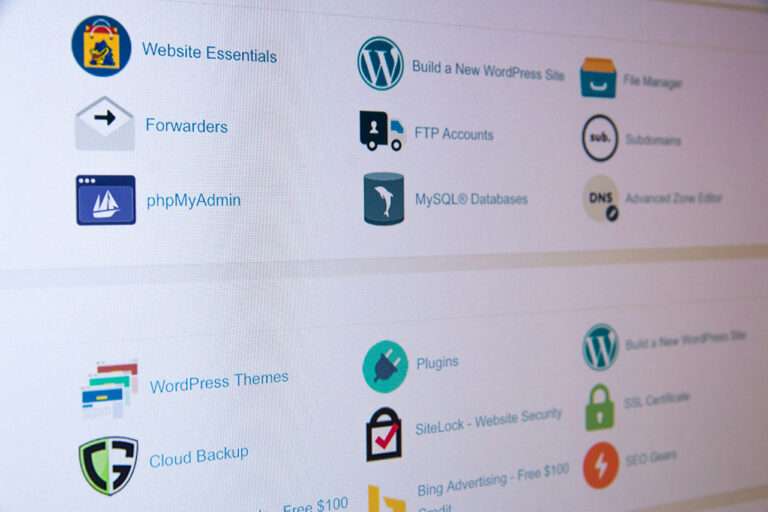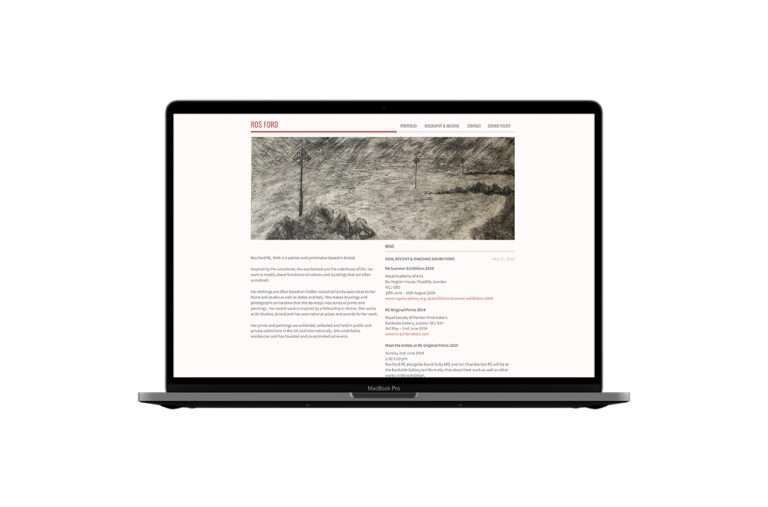Last week Adobe Digital Index announced that global websites are now receiving more traffic from tablets than from smartphones.
The study, carried out on 100 billion visits to 1000+ websites, found 8% of traffic came from tablets whilst 7% came from smartphones. OK, so that’s a very slight over taking, but it’s still an overtaking! And not bad seeings as tablets are so new to the market.
Other research from Adobe states that online shopping orders are 54% higher from tablets than from smartphones – a stat which doesn’t surprise me. If you’re buying something on your phone, it’s because you need to order it quickly to get it delivered in time – the screen is small, pages are basic if they’re optimised for mobile or too busy if it’s a regular shop – and so you just dive in, get what you need, and dive out again. Meanwhile you use a tablet whilst you browse the web from your sofa of an evening, merrily looking at new things and adding them to your basket. Adobe also claim this order amount is 19% higher than on laptop – when again, you’re at work or sat to a desk in the corner of a room – not relaxing in front of the TV.
This highlights how important it is for shops, or any websites which need to encourage browsing and engagement, to work on tablets. Personally I know there are some things which are just too troublesome still to do on an iPad so I don’t bother – as more wrinkles get ironed out and web development projects include as thorough testing on tablets as they do on computers, I know I’ll use mine more and more (if I can get it away from my husband! How long until households start having more than 1 tablet?!)
One part of Adobe’s report I didn’t completely agree with, is how marketers can work with these findings:
Phones are getting bigger, tablets are getting smaller. Google has just announced that it will lump tablet searches in with desktop searches, but the latest tablets not only look like large smartphones, they have now adopted the most fundamental of smartphone capabilities—the ability to make phone calls. Marketers can’t rely on screen size anymore to determine and deliver the most appropriate experience. They’ll need to pay attention to connection type (wifi vs cellular), and referral source along with form factor to prioritize which options to offer the user.
Adobe Digital Index, March 6th 2013
Surely this research shows us it’s all about screensize? People don’t buy more on a tablet because they don’t get interrupted by phone calls – they buy more on a tablet because it’s easier to use. And so yes, as phones get smaller and tablets get bigger the boundaries between the 2 devices types will become hazy, but ultimately, from a usability point of view, I expect we’ll see similar trends. Bigger screens = more browsing time and more engagement. I guess Adobe’s point above is that looking at connection types will tell a marketer if someone is sat at home on their sofa connected to their home wifi, or if they’re out in the middle of a town lost and looking for directions (and so not in the mood for browsing). But if phones keep getting bigger, they will be used more on the sofa and small tablets will be used more in the street.
Overall, the figures – the changing, evolving figures – make for very interesting reading and show how important it is to consider levels of user engagement in accordance with how the content is being viewed.



